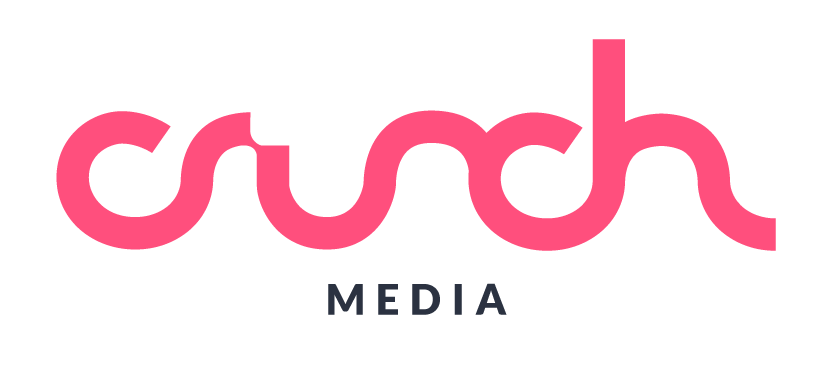Marketing and psychology – the correlation.
The relationship between marketing and psychology.
Marketing has always been about persuading people to make a decision, and fingers crossed, one that involves your business. This is as true now for Online Marketing as it has ever been. Understanding what makes people tick and how they make these decisions is vital if your PPC campaign is going to do well. So how can we make the most of these insights into AdWords behavioural psychology?
Most brands outsource their AdWords management to specialist companies, but with so many PPC managers competing for business, it can be difficult to find the best one.
To give you some guidance, we’ve listed five essential questions to ask any AdWords agency.
The power of certain words.
Let’s start by taking a look at Dan Ariely’s chocolate experiment, mentioned in his great book Predictably Irrational. Ariely “offered students a Lindt Truffle for 26 cents and a Hershey’s Kiss for 1 cent and observed the buying behaviour: 40 percent went with the truffle and 40 percent with the Kiss. When we dropped the price of both chocolates by just 1 cent, we observed that suddenly 90 percent of participants opted for the free Kiss, even though the relative price between the two was the same. We concluded that FREE! is indeed a very powerful force.”
Straight away, we can see the power of these words in your ads. As soon as something contains FREE, consumers will most likely go with that deal, even though a better deal might be available elsewhere. So a free 30-day trial of your software might give you better returns, even if your product is more expensive in the long run. But don’t stop there, use discounts and sales to your advantage, and make sure they’re clear in your ad copy.
The curiosity gap.
So what about getting customers to notice your ad? George Loewenstein believes that when we realise we don’t know something, our curiosity takes over and we need to fill in the gaps. Use this AdWords behavioural psychology technique in your ad headlines and descriptions, by giving the customer just enough information for them to be hungry for more. It could be that you’re award winning, or that you have more information on site, but getting them to click on your ad is the first to step towards a valuable conversion.
Revert to default.
Ariely didn’t stop at chocolate, and also questioned if we are actually in control our own decisions. Here, he speaks about how we revert to default if we’re faced with a new decision. People like to think of themselves as adventurous and ready to try new things, but in reality, we all want the safe option. You can make the most of this on your landing pages by putting 3 options, and highlighting that the middle one is the most popular, the one your customers love. Suddenly, a product that someone has just come across has a preference thanks to all your other customers, all thanks to AdWords behavioural psychology.
So give it a go, as sometimes the smallest changes can have the biggest results. The possibilities really are endless!
